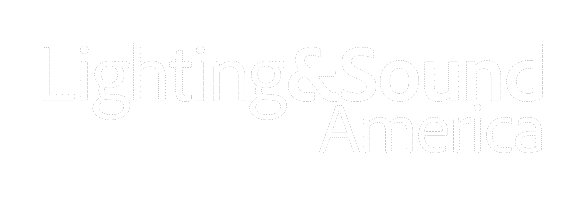Arms Wide Open for Robe on Creed Tour Floridian hard rockers Creed reunited and hit the road for their first tour in 11 years, creating a maelstrom of energy and momentum so successful that it propelled their music back into the Billboard charts, together with this year's new Summer of 99, and Are You Ready? Tours, which were among the fastest selling rock shows in the US. The production design was created by Mathias Kuhn and included 80 Robe moving lights and LED fixtures -- 36 MegaPointes, 30 BMFL Spots, four BMFL Followspots, ten FOOTSIE2 LED footlights and four RoboSpot remote follow systems -- all supplied by rental company, Bandit Lites out of Nashville. The initial summer tour played a mix of arenas, theatres, and amphitheaters with 10K to 36K capacities and the most recent leg stepped up to arenas, including Madison Square Garden, which were all completely sold out. Mathias talked to the band after being asked onboard, who revealed that they liked the idea of a circular halo-like shape being associated with the stage look. He took this as a stylistic starting point, basing the essential trussing architecture around two circles, a main 41' diameter sphere that defined the space, in conjunction with a smaller 21' diameter "supporting" circle flown inside the big one. Both were scalable to deal with different sized venues. The concept evolved rapidly, he drew it up, they loved it, and everything else, including the screen design, developed from there, the company says. Ensuring everyone's visual expectations could be met while fitting into the available budget was a challenge, and Mathias spent considerable time choosing the right fixtures and positioning them where he knew meticulous programming could help maximize the looks. The fragmented LED screens were part of the look he crafted to avoid the "big TV" syndrome, complete with ladder trusses loaded with fixtures in between to further break it up and enhance the depth of the performance area. He controlled the screen outputs via his Resolume video server, triggered by the lighting desk, which ensured there could be a carefully blended mix of playback content and IMAG footage from seven cameras. Robe MegaPointes are consistently Mathias's first choice of moving light. "They are the first piece of kit that goes on the plot," he confirms. This is because of their "compact size, big output, excellent gobo selection, and quality beams" and the fact that "they look amazing even in the largest arenas!" Eighteen of the 36 MegaPointes were rigged on ladders in between LED screens at the left and right upstage corners of the rig, hung vertically in a line of nine each side, with the other 18 deployed on the floor on rolling Tyler GT truss, located directly underneath the LED screens. BMFLs were chosen for their status as "a great workhorse fixture," notes Mathias, who has used these luminaires on numerous projects. He loves the brightness, the gobos, and the zoom functionality. Eighteen BMFLs were rigged on the downstage half of the large circle, with four on each side of the stage on subs to extend the overall stage look. Four standard BMFL spots were also part of the follow spotting system together with four BMFL followspots (with the integral camera). Fixture placement was key to optimizing the look and "virtual" size of the rig, so much diligence went into this aspect of the design. It was Mathias' first time out with the FOOTSIES, which he thought were "Great! A nice flat field beam that really assists key lighting." Especially so when running in combination with the four-way RoboSpot system controlling the eight BMFLs as described above. These were rigged four per side on two small truss sections flown downstage left and right. Having the followspots at this very steep angle to the stage ensured they had an extremely neat trajectory and minimized unsightly spillage. Also on the rig were some other hard-edged fixtures, strobes, blinders, and FX units with LED floodlights on the large halo, plus a few wash lights on the floor -- Mathias is not a fan of wash lights in conventional contexts. Different shades, textures, and variations of white dominated the show making it a lot more interesting and raw, with color mainly introduced via the video content, and Mathias' personal presence is generally to avoid distracting gawdy or "candy-colored" scenes and keep it stark with the focus on the band and music. The principal idea was always to keep the band front and center of the action and at the epicenter of the picture. "It's a live rock show, not a YouTube stream," he reminds everyone. Video content was commissioned by Creed and delivered by Wayne Joyner and Dave Letelier with a lot of discussion between them and Mathias as it was imperative for the two medias to dovetail. "They did a great job," comments Mathias. Content was shaped for each song, leaving enough black and dark spaces for him to mix and apply IMAG feeds and effects as he felt appropriate. Mathias set up, programmed lighting and ran the show for half of the first leg of the Summer of 99 Tour before leaving due to other commitments, with lighting crew member Brian Bogovic operating for the remaining dates. Bandit's lighting crew chief was Cheyan DeBrower who was joined by Haley Elliott and Lucas Gamez, with Kenneth Ackermann working as video crew chief for this department which had equipment supplied by PRG. 
|

